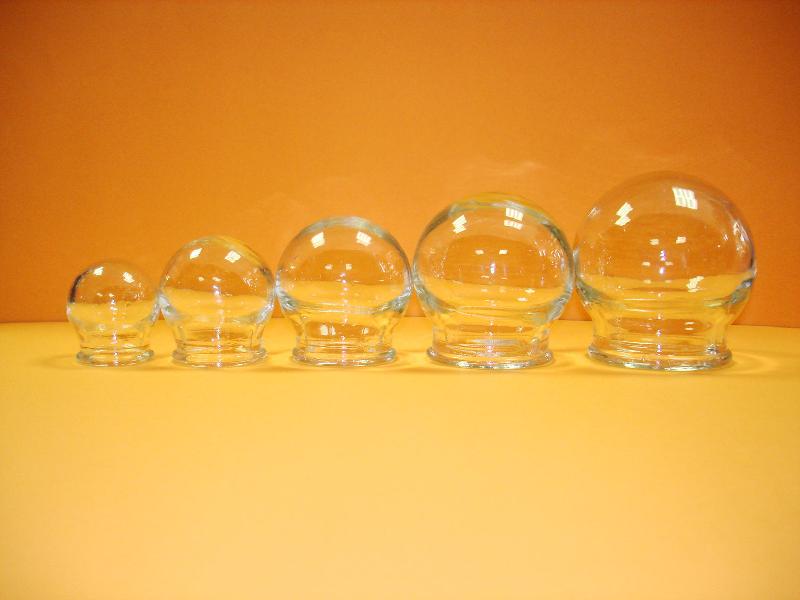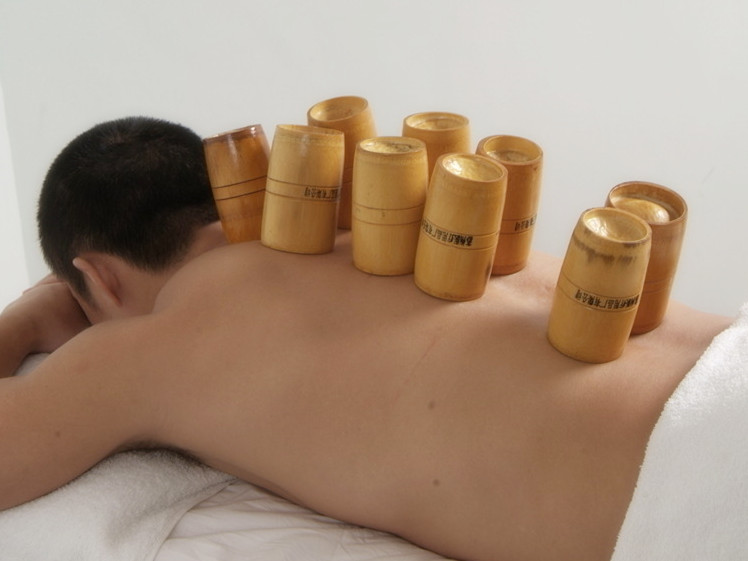
Cupping, also known as ‘cupping Qi’ or ’suction tube therapy’ was also called ‘Horn therapy’ in ancient China. Cups or jars are used as tools when performing cupping. Negative pressure produced by flame (normally) makes the cup sucking the skin and remaining in position for several minutes. Ancient physicians originally used cupping for sore abscess drainage or blooding therapy. And later it was used to treat tuberculosis, rheumatism and other internal diseases.
Cupping is a unique treatment used in TCM to stimulate acupuncture points or larger areas of the body where meridian pass through. This treatment was designed to promote the circulation of stagnant Qi and blood and to remove toxins from the body. It is sometimes applied together with acupuncture or moxibustion.
According to TCM classic text, cupping was described as early as 281 CE. As the needles used in acupuncture, specially designed cups need to be applied during cupping. Originally, hollowed animal horns were used. Over time the materials were replaced by rubber, glass, metal or bamboo. During a cupping session, the practitioner normally uses fire to create a vacuum inside the cup and then quickly places it onto the skin where treatment is needed. The cups should then be left in place for up to 15 minutes. It is very rare to see a single cup being applied in a treatment.
Is cupping painful? Well, it is not. But reddish patches on the skin like circular bruises could be a result of such treatment. In TCM theory, the color of patches could be from light reddish to deep blue or even dark depends on the patient’s condition. The patches normally disappear in 3 to 7 days after each cupping session.

